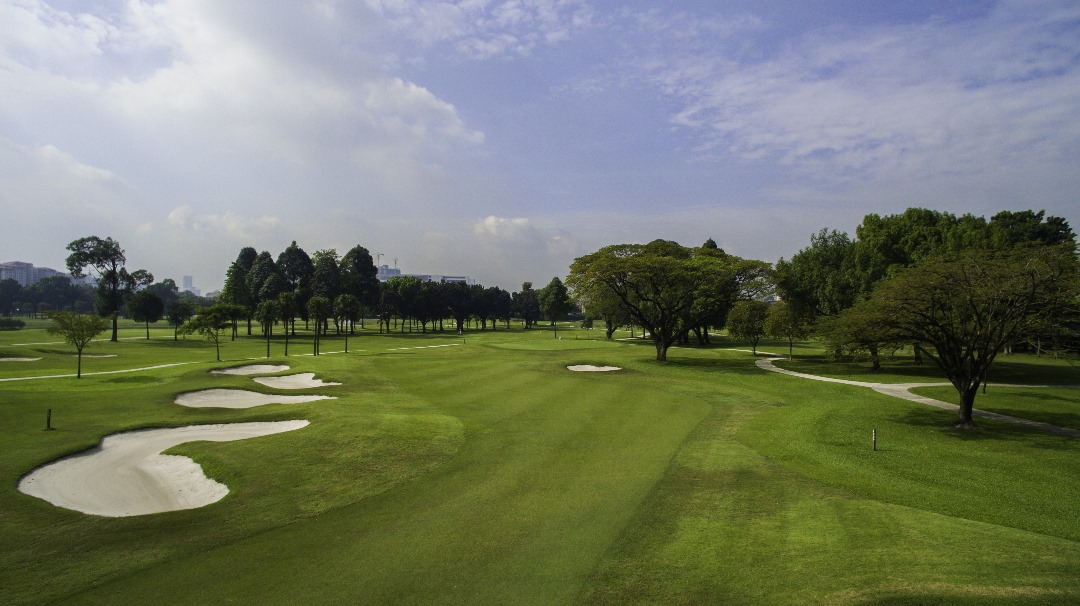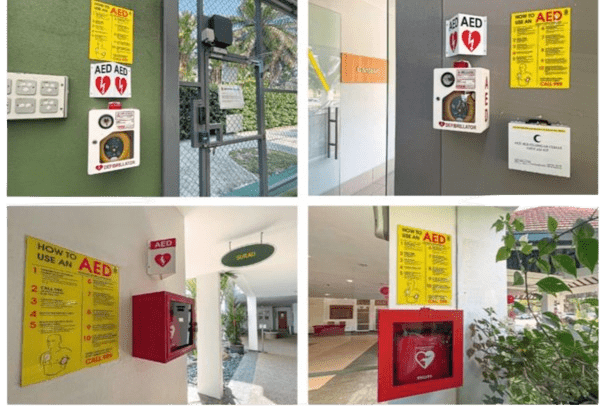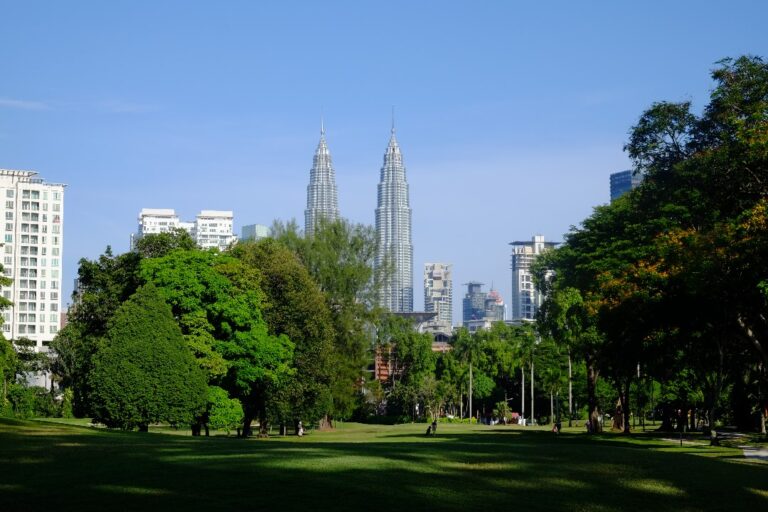Hello RSGC Members! In a flash of an eye, we’re into the March editorial already. Surely, it’s more than just reviewing the past month’s Club activities. After all, that’s what the content page is there for. The Annual Club Championship ongoing over the past month, is the highlight of golfing activities.
This month I thought I would review Golf Club medical emergency protocols in general and standard facilities available for Members’ benefit. The impetus to delve into this topic is because in the recent past, my spouse, fondly referred to as Pakdokter to those who know him, had to deal with several medical emergencies in the Club.
The recent heat wave experienced in KL had brought on its fair share of heat stroke and dehydration amongst the sturdiest of golfers. A golfer who suffered a fainting spell followed by difficulty in breathing and cramping of fingers requested for Pakdokter to attend to him as he didn’t want to be sent to hospital by ambulance as per RSGC procedure. Pakdokter attended to the golfer in the sick bay. After excluding important differential diagnoses of heart attack and stroke, it was determined that the golfer suffered heat stroke. Prior to the game, the golfer had failed to hydrate himself sufficiently and had skipped breakfast. This meant he was already in a state of dehydration to start with from an overnight fast. Replenishment with Oral Rehydration Salt (ORS) diluted in water was administered. Maintaining the head at heart level by lying flat on the bed prevented dizziness. Blood pressure (BP) and pulse were monitored continuously. If ORS is not available, an isotonic sports drink would do the job. Reassurance by the attending emergency carer is important to alleviate anxiety and swift recovery of the patient. Well within an hour, blood pressure and pulse rate returned to normal. Heatstroke can be accompanied by a throbbing headache, nausea and sometimes vomiting. Paracetamol can be prescribed. Rest and rehydration are in order.
In another case, an overseas guest golfer playing in our Club’s interport games felt giddy, and faint after 5 holes. Pakdokter was on his flight. A buggy was summoned and Pakdokter accompanied the golfer to the sick bay. BP and pulse were high. He had a history of high blood pressure and had failed to take his medication that day. The golfer felt better after taking his medication. BP and pulse returned to normal. Pakdokter monitored the patient for several hours until he felt well enough to go home. Subsequently, the golfer consulted with his own physician in his country and reported BP was now stable.
Medical emergencies can and do happen. They can be mild or severe. You’re lucky if you have a doctor on your flight. However, it’s also important for members to be familiar with medical emergency procedures in your club. In my review of several international golf clubs around the world, the list of procedures, equipment, personnel and facilities is pretty standardised. I was impressed with one golf club in Sydney Australia that had 60 CPR-trained personnel on their list.
Not wanting to be an alarmist, I am reminded of a more severe incident on another golf course (which shall not be named), where a golfer collapsed on the course from what was likely to be a heart attack. By the time a buggy brought the golfer to the sick bay, he did not have a pulse. Pakdokter was called to help resuscitate the golfer. An AED machine was unavailable! An ambulance took the golfer to hospital.
AED machines and their designated trained operator should be made available at such a time. Regular testing and inspections every 3 months should be carried out to ensure functionality. Members should also have the medical emergency telephone number of their club on speed dial. Make it a point to check out the medical emergency facilities at your Club today.
Knowledge is powerful and allows you to have peace of mind and enjoy your game of golf, tennis and pickleball at will.
Fig 1. List of standard equipment, facilities, personnel and procedures.
A list of common medical emergencies is provided.
1. Emergency contact point with call button
2. Map of Emergency Contact Point Locations
3. Appointed Emergency Response Officer
4. Map of the location of AED (Automated Emergency Defibrillator). Contact for Emergency team
5. Emergency response plan – evacuation, sirens, etc.
6. List of First Aid qualified staff (CPR and AED operators – ongoing training
7. Emergency response pack – at Reception, Fitness centre, emergency cart etc.
8. Emergency response pack contains
- Defibrillator /AED
• Oxygen
• Epi-Pen
• Pulse Oxymometer
• Various provisions for treating major injuries, such as bandages and antiseptic
Common Medical Injuries
1 Sunburn/sunstroke/dehydration/cramps
2 Soft tissue injuries
3 eye injuries
4 insect stings – anaphylaxis
5 Asthmatic attacks
6 Stroke
7 Heart attack
Sharifah Fareeda Alhady
Editor of the Month





